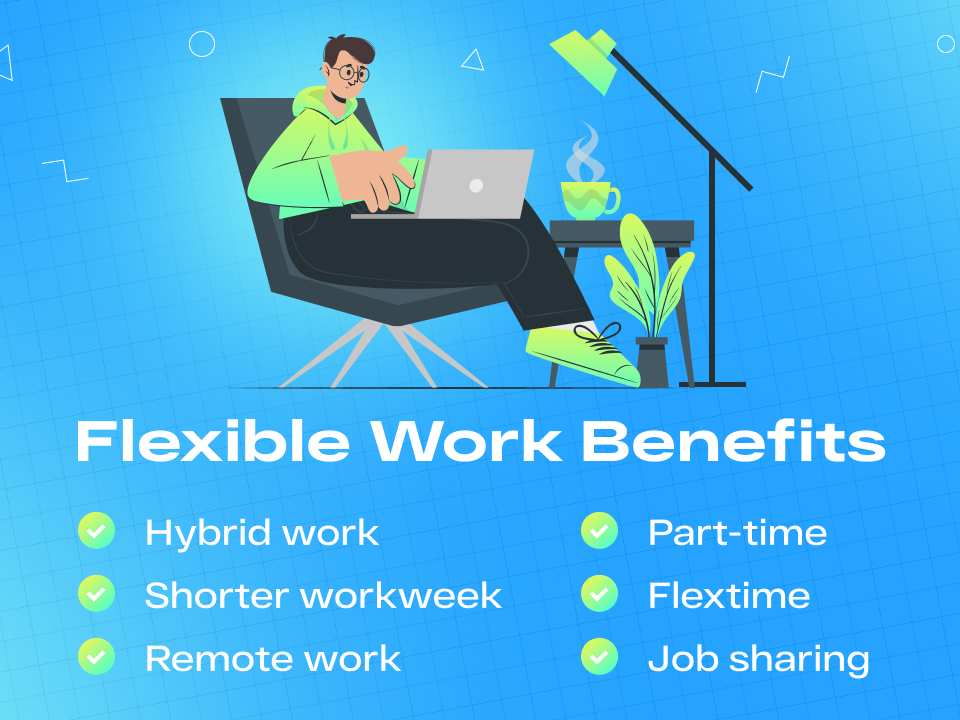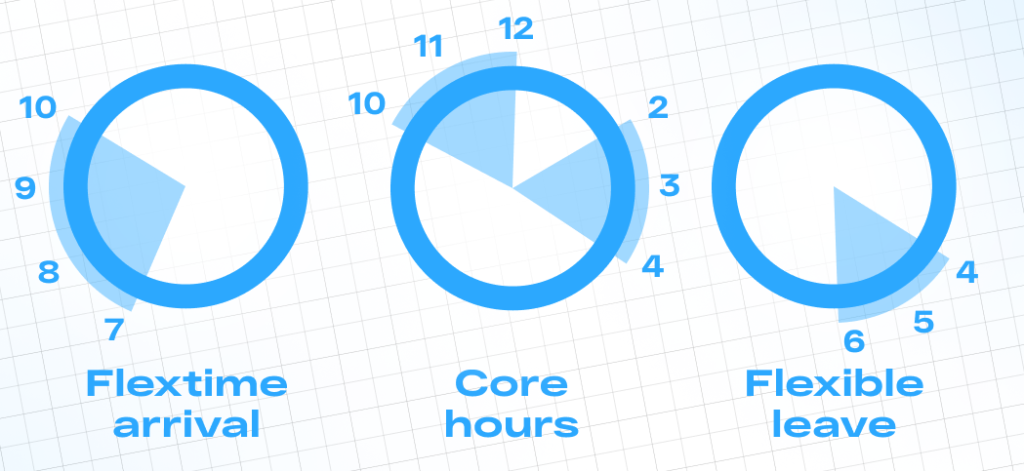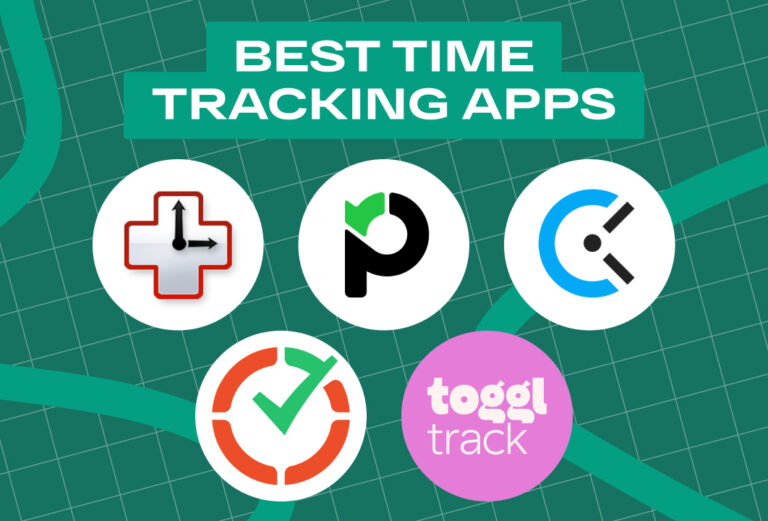
Did you know that adopting flex time management can revolutionize your organization’s work culture and lead to happier, more productive employees? Let’s explore how flexible working hours, job sharing, and a more adaptable work schedule can transform the way your company operates.
In today’s fast-paced world, flexible working has become a necessity for many. With more and more companies embracing this concept, it’s crucial to understand the benefits and best practices for flex time management. By effectively implementing a flexible schedule, both employees and organizations can reap the rewards of increased productivity and a better work-life balance.
Understanding Flex Time Management
Flex time, short for “flexible time,” refers to a work schedule that allows employees to choose their own working hours within a set of core hours. The core hours are the time period during which all employees must be present at work. This type of arrangement enables employees to customize their work schedule, which can lead to a better work-life balance.
By successfully adopting flexible working practices, businesses can save money, improve employee satisfaction, and even attract top talent. Some popular tools to help manage flex time include Timely, DeskTime, and Time Doctor. These applications can help track employee productivity, monitor working hours, and ensure that everyone stays on task.
The Benefits of Flexible Working Hours
Flexible hours offer numerous benefits to both employees and organizations. For employees, having control over their own work schedule allows for a more harmonious blend of personal and professional responsibilities. This leads to a better work-life balance, reduced stress, and increased job satisfaction.
For businesses, offering flexible working arrangements can help attract and retain top talent. Many employees now prioritize work-life balance over higher salaries, making flexible hours an essential perk. Additionally, flex time can result in fewer employees working overtime hours, which can save money and help prevent employee burnout.

Job Sharing and Flexible Schedules
Job sharing is another way to provide employees with a flexible work schedule. It involves two or more employees splitting a single full-time position, each working part-time hours. This arrangement can be especially beneficial for employees with family or personal commitments, as it allows them to maintain a better work-life balance.
Job sharing also offers businesses the advantage of having multiple people with different skills and perspectives working on a single role. This can lead to increased innovation and problem-solving abilities within the organization.
Implementing Flex Time for Exempt Employees
Exempt employees are those who are exempt from overtime rules, often due to their salary level or job duties. These employees can also benefit from flexible work arrangements, as they are typically not bound by a fixed schedule or required to work a specific number of hours each week.
By offering flex time to exempt employees, organizations can ensure that their workforce is engaged, motivated, and able to balance their personal lives with their professional commitments.
Balancing Core Hours and Personal Time
Core hours are the specific time period during which all employees must be present at work, usually during peak business hours. These core hours are essential for maintaining communication and collaboration within the organization.
Outside of core hours, employees have the flexibility to work their own hours, allowing them to manage their personal lives more effectively. This can lead to a better work-life balance and increased job satisfaction, as employees feel more in control of their time and less restricted by a traditional eight-hour workday.

The Potential Downsides of Flex Time
While flex time management and flexible working can bring numerous benefits to organizations, it is important to consider some potential downsides as well. By acknowledging these challenges, you can make better decisions and develop strategies to address them effectively.

Reduced supervision and collaboration: One potential downside of flex time is that employees working different hours may have less direct supervision and fewer opportunities for collaboration. This can make it harder for managers to monitor employees’ work and for colleagues to engage in joint projects. To overcome this challenge, organizations can set core hours during which all team members must be available, facilitating collaboration and communication.
Difficulty in tracking work hours: With employees working different hours, it can become challenging to track the number of hours worked accurately. To address this issue, companies can use time-tracking tools like Timely, DeskTime, and Time Doctor. These tools can help managers monitor employee hours and ensure compliance with labor laws and overtime rules.
Potential for burnout: Employees who work flexible hours might be more likely to work longer hours, leading to burnout and stress. To prevent this, companies can establish clear guidelines for working hours, encourage employees to take breaks, and emphasize the importance of work-life balance.
Unequal access to opportunities: Some employees may not be able to take advantage of flexible work arrangements due to the nature of their job, leading to feelings of inequality and resentment. To mitigate this, employers can offer alternative forms of flexibility, such as job sharing or compressed workweeks, to ensure all employees have access to some form of flexible working.
Resistance to change: Adopting flex time management and flexible working practices may encounter resistance from employees and managers who are used to a fixed schedule. Addressing this issue requires strong leadership, open communication, and a gradual transition to new work schedules.
Successfully Adopting Flexible Working in Your Organization
Successfully adopting flexible working requires a thoughtful approach, taking into account the needs of both employees and the organization. Here are some steps to help you implement flex time management effectively:

Assess your organization’s needs: Determine which flexible work arrangements best suit your organization’s goals and employees’ preferences.
Set clear guidelines and policies: Develop comprehensive guidelines outlining the parameters of flexible working, such as core hours, maximum or minimum working hours, and eligibility criteria.
Provide the necessary tools and resources: Equip your employees with the tools they need to work efficiently, such as time-tracking software (Timely, DeskTime, Time Doctor), collaboration platforms, and remote access to company resources.
Communicate and train: Clearly communicate the benefits and expectations of flexible working to employees and managers. Provide training on time management, communication, and collaboration to help employees adapt to their new schedules.
Monitor and evaluate: Regularly review the impact of flexible working on employee productivity, engagement, and work-life balance. Adjust your policies and practices as needed to ensure ongoing success.
Time Tracking Apps to Maximize Flex Time Management
Successfully adopting flexible working practices requires effective time management and monitoring. Time tracking apps are essential tools that help both employees and managers ensure that work is being done efficiently and that everyone is accountable for their time. Let’s take a look at three popular time tracking apps: Timely, DeskTime, and Time Doctor.
Timely
Timely is a versatile time tracking app that focuses on automation, eliminating the need for manual input. By integrating with your calendar, Timely can automatically track the time spent on various tasks and meetings. This makes it an ideal choice for flex time employees who need to balance their own hours while maintaining transparency with their managers. In addition to time tracking, Timely also offers features such as project management and team collaboration.
DeskTime
DeskTime is another powerful time tracking app that emphasizes productivity and efficiency. By monitoring computer usage, DeskTime provides insights into how employees work and helps identify areas where productivity can be improved. DeskTime is an excellent choice for businesses looking to optimize their flexible working arrangements by identifying trends and patterns in employee behavior.
Time Doctor
Time Doctor is a comprehensive time tracking and productivity tool that helps employees and managers stay on top of their work. It offers features such as time tracking, invoicing, and reporting, making it suitable for flex time workers, freelancers, and remote teams. Time Doctor also provides detailed analytics on how employees work, allowing managers to make informed decisions about flexible work arrangements and optimize their workforce.
Using time tracking apps like Timely, DeskTime, and Time Doctor can streamline flex time management for both employees and managers. These tools provide valuable insights into work patterns and help maintain transparency and accountability, ensuring that flexible working arrangements are successful and sustainable.
Data-Driven Insights on Flex Time Management
In order to better understand the impact of flex time management, let’s examine some data-driven insights that highlight the benefits and trends of flexible working.
Employee satisfaction and retention
A 2018 study by FlexJobs found that 78% of employees believe that a flexible work schedule would allow them to have a better work-life balance. Additionally, the study revealed that 30% of employees have left a job due to a lack of flexibility, while 16% are actively seeking new positions for the same reason.
Productivity and performance
A survey by Global Workplace Analytics found that 85% of businesses reported an increase in productivity after implementing flexible working arrangements. Furthermore, a study by the University of Minnesota revealed that employees who had access to flexible working hours were more productive and engaged in their work compared to those with a fixed schedule.

Cost savings
According to Global Workplace Analytics, companies that offer flexible working arrangements save an average of $11,000 per employee per year. These savings stem from reduced office space costs, lower employee turnover, and fewer sick days taken by employees.
Attracting top talent
A 2017 report by the Society for Human Resource Management (SHRM) found that 62% of organizations offered some form of flexible working arrangement, indicating a growing trend in the business world. By offering flex time, companies can attract top talent and maintain a competitive edge in the job market.
Company performance
A study by the Harvard Business Review analyzed 1,500 S&P 500 companies and found that those with a higher percentage of flexible working options had higher revenue growth and better stock performance than their counterparts without such offerings.
These data-driven insights demonstrate that flex time management can lead to significant benefits for both employees and companies. By adopting flexible working arrangements, businesses can improve employee satisfaction, increase productivity, reduce costs, attract top talent, and enhance overall company performance.
Conclusion
In today’s fast-paced and ever-changing business environment, organizations must adapt to remain competitive and meet the needs of their workforce. Embracing flex time and flexible schedules has proven to be a powerful strategy that offers numerous benefits for both employees and employers.
By providing a better work-life balance, increased productivity, cost savings, and the ability to attract top talent, flexible working arrangements have the potential to transform the way we approach work. Moreover, with the help of advanced time tracking apps like Timely, DeskTime, and Time Doctor, managing flexible work schedules has never been easier.
As the data-driven insights presented in this article demonstrate, the benefits of flex time management are substantial and cannot be ignored. It’s time for organizations to take the leap and harness the power of flexible schedules and flex time to secure a brighter, more efficient, and more balanced future for their employees and businesses alike.






